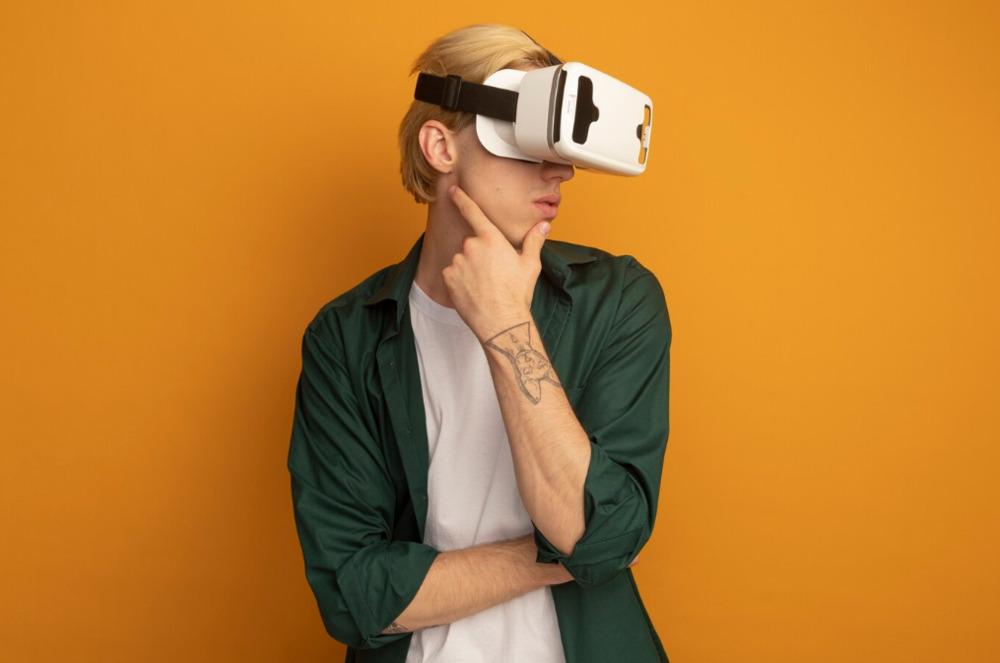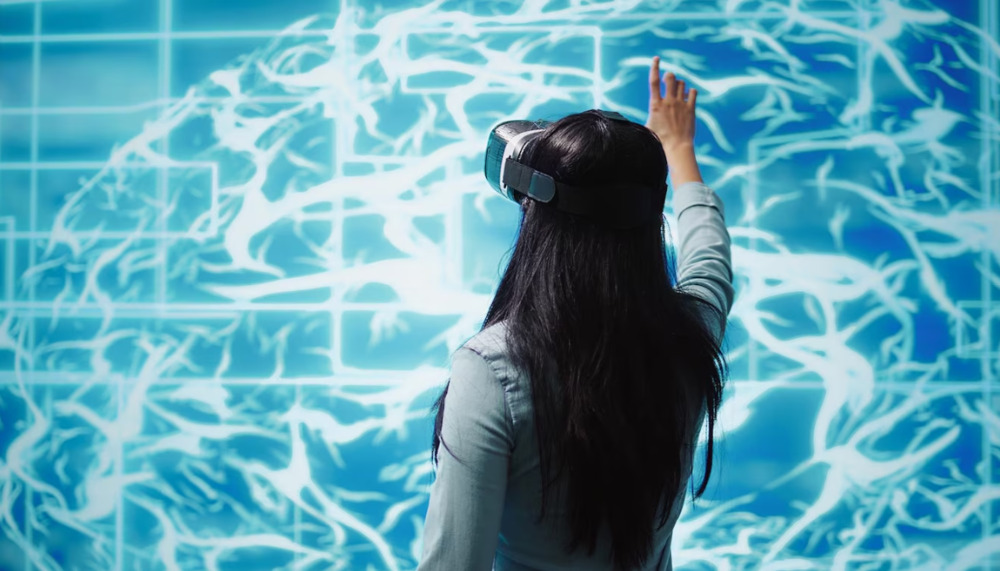As technology continues to evolve at a breakneck pace, augmented reality (AR) glasses are emerging as a game-changer in how we interact with the world around us. With the potential to revolutionize industries from gaming to healthcare, AR glasses are not just a futuristic concept; they are quickly becoming a reality. ? In this blog, we will explore the current state of AR glasses, their applications, market statistics, and what the future holds for this exciting technology.

The Rise of AR Glasses
The global AR market is projected to reach a staggering $198 billion by 2025, growing at a compound annual growth rate (CAGR) of 43.8% from 2020. This rapid growth is fueled by advancements in technology, increased investment, and a growing consumer base eager for immersive experiences.
Market Statistics
To better understand the landscape of AR glasses, let’s take a look at some key statistics:
| Year | Global AR Market Size (in Billion $) | CAGR (%) |
|---|---|---|
| 2020 | 10.7 | 43.8 |
| 2021 | 18.8 | 43.8 |
| 2022 | 27.9 | 43.8 |
| 2023 | 39.9 | 43.8 |
| 2025 | 198 | 43.8 |
The table above illustrates the explosive growth of the AR market, highlighting the increasing interest and investment in AR technologies. ?
Applications of AR Glasses
AR glasses are not limited to gaming; they have a wide range of applications across various sectors:
-
Healthcare: Surgeons can use AR glasses to overlay critical information during operations, enhancing precision and reducing risks. For instance, companies like Magic Leap are already working on AR solutions for medical training and surgical assistance.
-
Education: AR glasses can transform learning experiences by providing interactive and immersive educational content. Imagine students exploring the solar system or ancient civilizations right from their classroom! ?
-
Retail: Brands are leveraging AR to enhance customer experiences. For example, IKEA has an app that allows customers to visualize furniture in their homes before making a purchase. ?️
-
Gaming: The gaming industry is one of the most significant beneficiaries of AR technology. Games like Pokémon GO have already shown how AR can create engaging experiences that blend the virtual and real worlds.
Current Market Leaders
Several companies are leading the charge in AR glasses development. Here’s a quick overview of some of the key players:
| Company | Product Name | Key Features |
|---|---|---|
| Microsoft | HoloLens 2 | Mixed reality, enterprise-focused |
| Google Glass Enterprise Edition 2 | Hands-free access to information | |
| Apple | Apple Vision Pro | High-resolution display, immersive AR |
| Magic Leap | Magic Leap 2 | Lightweight design, spatial computing |
These companies are pushing the boundaries of what AR glasses can do, making them more accessible and functional for everyday use.
Challenges Ahead
Despite the promising future of AR glasses, several challenges remain. One of the most significant hurdles is the need for improved battery life and processing power. Users expect devices that can last throughout the day without frequent recharging. Additionally, privacy concerns are a hot topic, as AR glasses can potentially record and analyze data from the user's surroundings without consent.
Consumer Sentiment
A recent survey revealed that 65% of consumers are excited about the potential of AR glasses, but 45% expressed concerns about privacy and data security. Here’s a breakdown of consumer sentiment:
| Sentiment | Percentage (%) |
|---|---|
| Excited about AR glasses | 65 |
| Concerned about privacy | 45 |
| Interested in gaming | 55 |
| Interested in healthcare | 50 |
This table highlights the dual nature of consumer interest in AR glasses—while there is excitement, there are also valid concerns that need to be addressed.
The Future of AR Glasses
Looking ahead, the future of AR glasses appears bright. With continuous advancements in technology, we can expect to see more lightweight, stylish, and functional designs. Companies are also investing heavily in research and development to create more intuitive user interfaces and applications that cater to various industries.
As AR technology matures, we may witness a shift in how we perceive reality. Imagine walking down the street and receiving real-time information about the places you pass, or having virtual assistants that help you navigate your day-to-day tasks. The possibilities are endless! ?
In conclusion, AR glasses are poised to become the next big thing, transforming how we interact with our environment and each other. As we continue to explore this exciting frontier, it’s essential to stay informed about the latest developments and trends. For more insights into the world of AR, check out resources like TechCrunch and Wired.
The journey of AR glasses is just beginning, and it promises to be an exhilarating ride! ?



